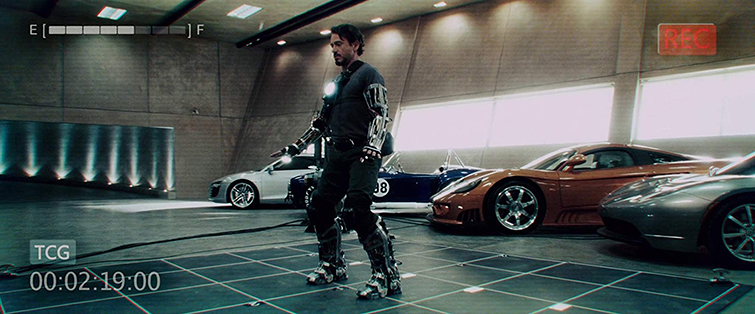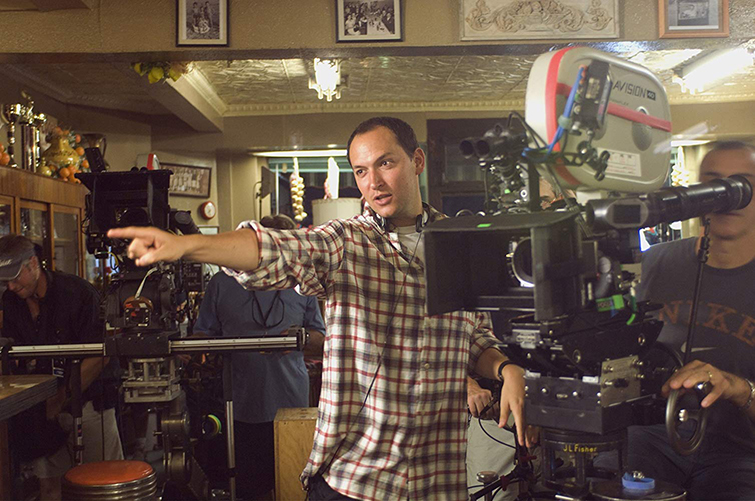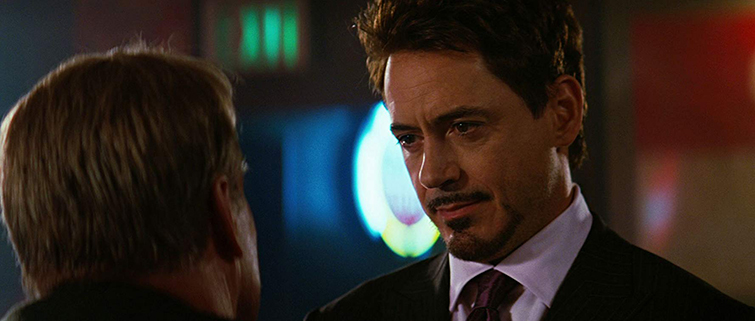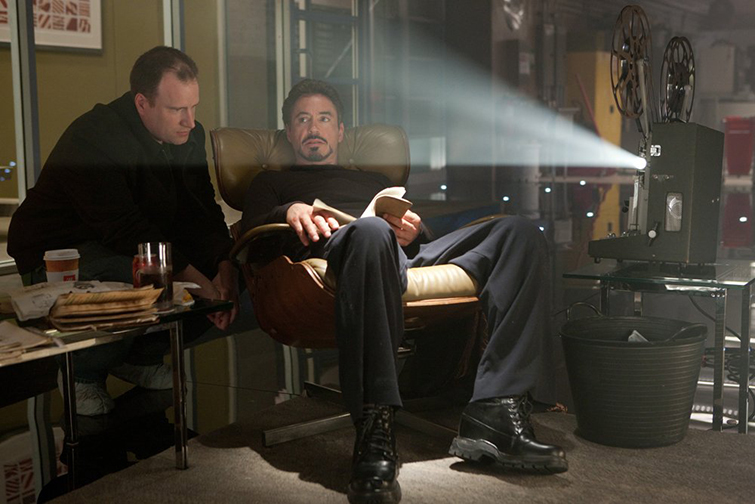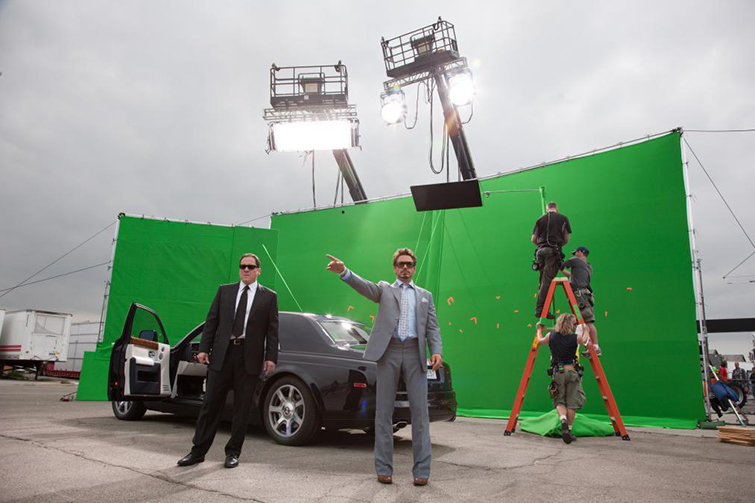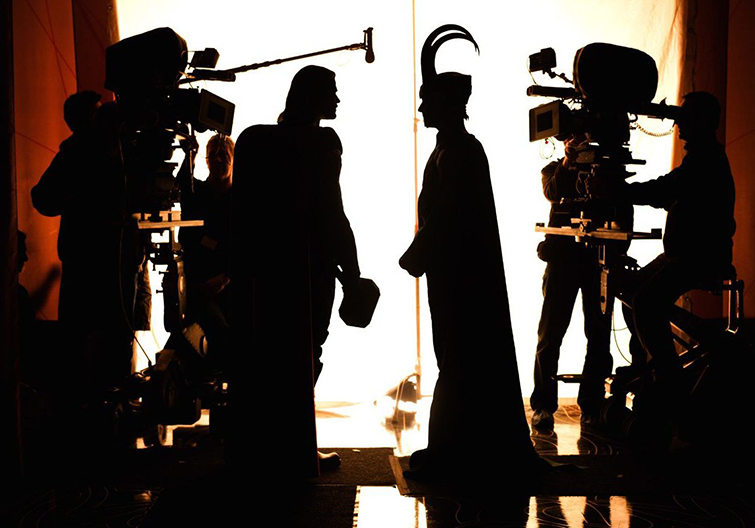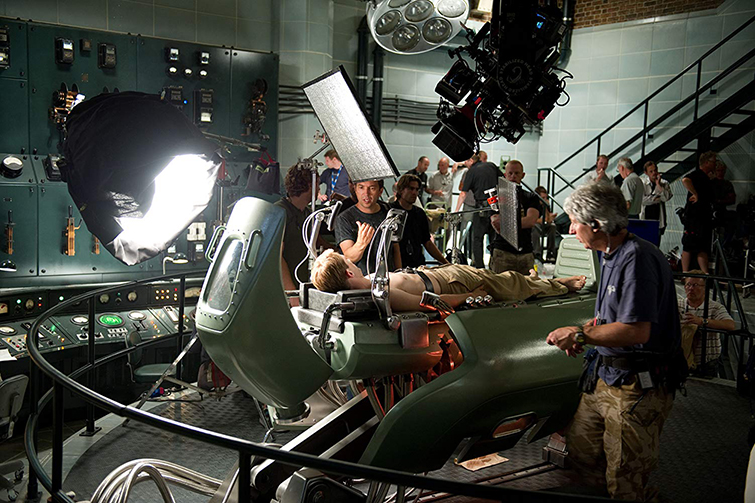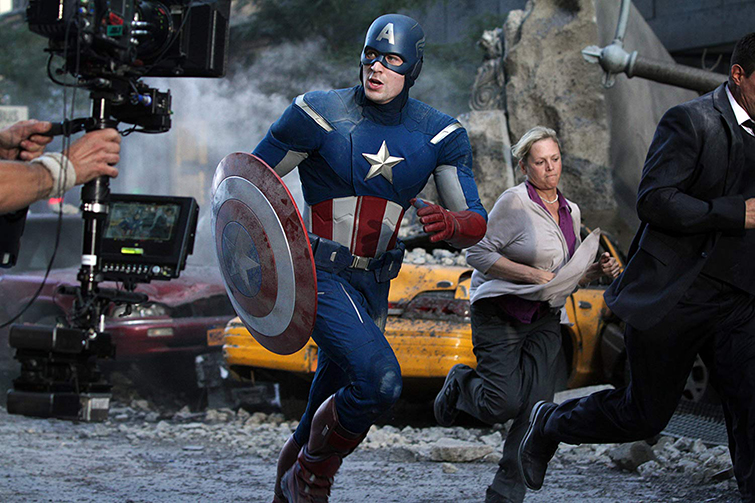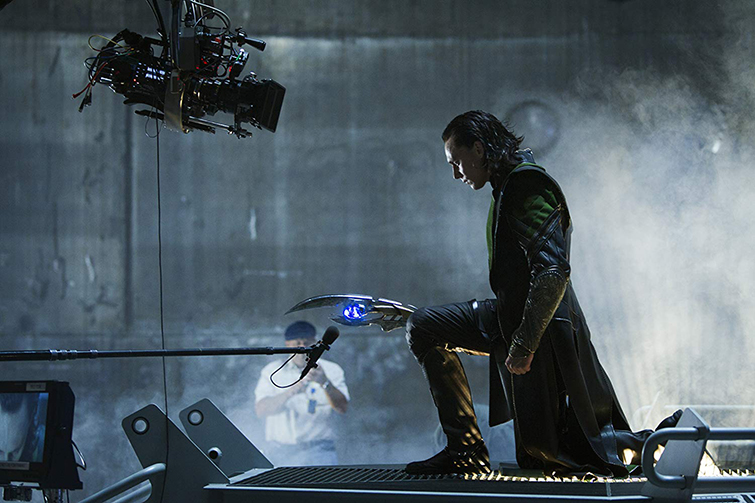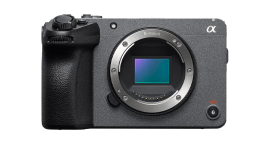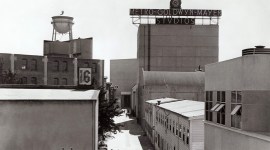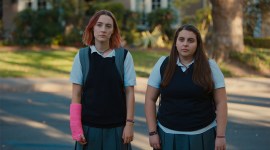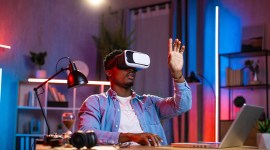
The Cameras and Lenses Behind the Marvel Cinematic Universe
Let’s look at the cameras used to capture the entire Marvel Cinematic Universe. First up, we’ll explore the Phase One films.
I was curious about which camera was most used throughout the production process of the Marvel Cinematic Universe (MCU), so I took a deep dive into each of the films to find out.
This was quite the journey back through time — and through tons of research — into the production of each film. So let’s sift through each phase: Phase One (2008-2012), Phase Two (2013-2015), and Phase Three (2016-2019). We’ll also look at what the future holds with upcoming Phase Four Marvel films.
Here’s what I learned about the camera packages used on each Marvel Phase One film — from Iron Man to The Avengers. (Stay tuned in the following days for the next article in this series.)
MCU Phase One: “Avengers assemble!”
Iron Man
Director: Jon Favreau
Director of Photography: Matthew Libatique
US Release: May 2008
Camera Package:
- Arriflex 235 (PanARRI)
- Panavision Panaflex Millennium XL
- Panavision Panaflex Millennium
- Lenses
- Panavision Primo
- Angenieux Optimo 4:1 (17-80mm T2.2) and 12:1 (24-290mm T2.8)
- Cooke 15-40mm T2
- Captured on 35 mm (Kodak Vision2 200T 5217, Vision2 500T 5218)
In a conversation with the ASC, Libatique shared the following:
Cinematography typically takes on the character of the lead performer, and Robert is so improvisational the photography became the same way. Working with [Favreau] was really about giving the actors the freedom to become their characters. We ended up doing a lot of rigging on a large scale, so we could be ready for anything. And once we started shooting, I started improvising.
The Incredible Hulk
Director: Louis Leterrier
Director of Photography: Peter Menzies Jr.
US Release: June 2008
Camera Package:
- Arriflex 235
- Arriflex 435 ES
- Panavision Panaflex Millennium XL
- Panavision Panaflex Millennium
- Panavision Panaflex Platinum
- Panavision C-Series Lenses
- Captured on 35 mm
In an interview with Collider, Louis Leterrier talked about the production:
For me, it’s really not different. It really is not different. Do you know why? Because most of the budget goes into visual effects, so the actual tools that I had to shoot the movie with were pretty much the same. You know, the actors are a little bit more expensive and the visual effects are a little bit more expensive, but the actual money that I had to shoot my movie with was pretty much the same… You still struggle. You have to finish the day because the producers are like: “Oh you better finish the day or you’re going to get fired.”
As for the now-legendary first crossover and appearance of Tony Stark (at the end of the film back in 2008) Leterrier shared the following:
I begged Kevin Fiege, the President of Marvel, when I knew that Robert got cast, I was like: ‘We have to do crossovers.’ Crossovers — it’s the future of movie-making. Now that you have this, I was the one to beg them to do crossovers. They said Robert is going to be tough to convince. You know, and all that stuff and everything. So, eventually I got to talk to Robert and we liked each other, and he said, ‘Okay, I’ll come for a . . . I’ve got 5 hours that day.’ Let’s shoot in L.A. We were on the way back from Brazil about to go to the North Pole to shoot the opening sequence, with one day in L.A., actually. Iron Man was doing lots of reshooting. They reshot like two weeks, or something, and they had like half a day where they could give us half a day. So, I just directed Iron Man crew for one day. I brought in William Hurt that day and that was it. It was great. It was fantastic.
That may be the understatement of the decade right there: “Crossovers — it’s the future of movie-making.”
Iron Man 2
Director: Jon Favreau
Director of Photography: Matthew Libatique
US Release: May 2010
Camera Package:
- Panavision Panaflex Millennium XL2
- Arriflex 435 Advanced
- VistaVision
- Phantom
- Photo-Sonics
- Canon EOS 5D Mark II (some shots)
- Lenses
- Panavision Primo
- Angenieux Optimo Lenses, 15-40mm and 28-76mm
- Captured on 35mm (Kodak Vision2 50D 5201, Vision2 200T 5217, Vision3 500T 5219, Vision 500T 5279)
Talking to the ASC about the race track shoot, 2nd Unit DP Jonathan Taylor revealed his equipment list included a high-speed camera-tracking vehicle, a Porsche 928 rented from Propulsion in Paris (driven by Jean-François Dubut), mounted with VistaVision cameras from Geo and Procam; an insert car rigged with VistaVision cameras, Arri 435s, and Canon EOS 5D Mark IIs; and a Mercedes SUV-mounted Russian Arm rented from Bickers Action. Additionally, ground cameras were positioned to grab shots of the Rolls speeding by, and even a helicopter, rented from Flying Pictures, was employed for aerial shots. “We had all the toys, and we ran a whole convoy around the track,” Taylor continues. “It was quite a trick to pull the whole thing off.”
Equipment-wise, however, the second unit had its hands full:
We used a couple of Photo-Sonics cameras for some high-speed crashes with the race cars. We also had a high-speed track alongside and synced with the race cars so we could launch everything at the same time, and run parallel to the cars. [Second-unit key grip] Richard Mall built the track, and we had four cameras on it: a VistaVision, a Phantom, and two Arri 435s.
Taylor also incorporated Canon EOS 5D Mark II DSLRs, fitted with Canon lenses, as crash cameras.
One of the problems with doing action stuff is finding interesting places to put the camera . . . [we] actually put the 5Ds on the cars we were going to crash. We cut holes for the lenses in small Pelican cases that we painted to match the cars. We got some amazing shots. Of course, it’s not film quality, but for a 12-frame cut in an action piece, it holds up very well.
Thor
Director: Kenneth Branagh
Director of Photography: Haris Zambarloukos
US Release: May 2011
Camera Package:
- Arriflex 435
- Panavision Panaflex Millennium XL2
- Panavision Panaflex Platinum
- Photo-Sonics 4ER
- Lenses
- Panavision G-Series, ATZ, AWZ2 and SP Lenses
- Captured on 35 mm (Kodak Vision2 50D 5201, Vision3 250D 5207, Vision3 500T 5219)
Talking to British Cinematographer about previz and production, DP Haris Zambarloukos shared the following:
In pre-production, The Third Floor set-up at Raleigh Studios in Manhattan Beach, where we shot most of the VFX sequences, they pre-visualised all the action sequences. Sometimes I would work with them on CG lighting, to give the previz a similar look to what we wanted to achieve, when we came to shoot.
Along with the pre-visualised scenes, Wes created a ‘techviz’, where you can see the path of a witness camera in a scene. This meant we could discuss what equipment we’d need on the day, to make a shot work. For example, a shot might start at 40ft in the air, so we knew we’d need a 50ft crane.
Captain America: The First Avenger
Director: Joe Johnston
Director of Photography: Shelly Johnson
US Release: July 2011
Camera Package:
- Arri Alexa
- Arriflex 235
- Arriflex 435
- Canon EOS 5D Mark II
- Panavision Genesis HD Camera
- Panavision Panaflex Millennium XL2
- Lenses
- Panavision Primo Lenses, 27: 275 mm and 17.5: 75 MM zoom, 14.5, 17.5, 21m 27, 35, 40, 50, 75,100 and 150 mm Primes.
- Canon Lenses
- Captured on 35 mm (Kodak Vision2 200T 5217, Vision3 500T 5219), SxS Pro, HD Video
In his conversation with British Cinematographer, Shelly Johnson shared the following:
Joe and I agreed to bend the period look slightly to accommodate a comic book superhero who wears a costume, face mask, and carries a large shield . . . We figured we could take certain liberties. On the other hand, Joe and I wanted a realistic look, so we had to strike a balance. Our research included studying visual components that we would integrate into the storytelling that are true to the period, as well as where we could stretch realism in compelling ways.
The Avengers
Director: Joss Whedon
Director of Photography: Seamus McGarvey
US Release: May 2012
Camera Package:
- Arri Alexa
- Arriflex 435
- Canon EOS 5D Mark II
- Canon EOS 7D
- Lenses
- Panavision Primo, Primo Zoom (PCZ), Frazier Lenses
- Canon EF Lenses
- Captured on 35 mm (Kodak Vision3 500T 5219), ARRIRAW, HD Video, Codex
In a conversation with ARRI, DP Seamus McGarvey spoke about avoiding a comic book look:
Joss and I were keen on having a very visceral and naturalistic quality to the image . . . We wanted this to feel immersive and did not want a ‘comic book look’ that might distance an audience with the engagement of the film. We moved the camera a lot on Steadicam, cranes, and on dollies to create kinetic images; and we chose angles that were dramatic, like low angles for heroic imagery.
For more on The Avengers production, check out 6 Filmmaking Takeaways from the Set of The Avengers and Avengers Assembled: Editing a Blockbuster.
Update: A previous version of this post mentioned a portion of The Avengers was shot on an iPhone. This has been refuted by McGarvey.
This concludes the first phase of the Marvel Cinematic Universe. For more installments, and a summary of the cameras most often used on Marvel films, check out Parts Two, and Three.
- The Cameras and Lenses Behind the Marvel Cinematic Universe: Phase Two
- The Cameras and Lenses Behind the Marvel Cinematic Universe: Phase Three
Looking for more articles on the filmmaking industry? Check these out.
- Breakout Director Kat Candler on the Best Festivals for First-Time Filmmakers
- NAB 2019: Our Favorite Releases from This Year’s Show
- Industry Insights: A Conversation with Actor and Director Melanie Mayron
- Industry Insights: Below the Line Women Speak Out
- Industry Insights: The Blasting Company on Animation Scoring


